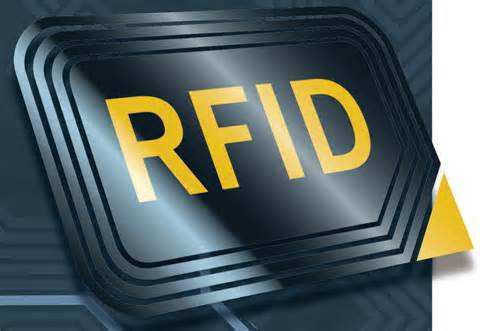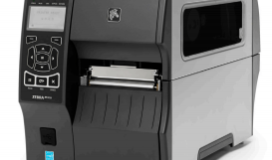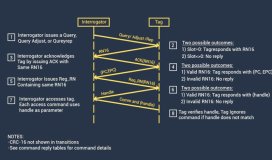Facing challenges when installing a new system or procedure is expected, but it helps to consider potential problems before installation. Large and small companies, as well as individuals, thinking about installing an RFID system have numerous things to consider before making a purchase. If the potential user prepares thoroughly and completes enough due diligence up front, it should reduce unplanned issues mid and post-installation. Unfortunately, even the most prepared organization might run into a few issues during installation due to the unpredictable nature of RFID when implemented in a new environment.
Deploying an RFID system can present many challenges; below are the four most common challenges (and ways to mitigate them).
1. When your business problem is non-existent
One of the most important things to consider when thinking about RFID is – be realistic when it comes to the problem that needs to be solved. When considering automating a process, the first step is to take time to understand what the business problem is currently and how the business would be affected if a part of the process, or the entire process, were automated. Would it save time, money, or both, and what would those savings mean in terms of a return?

Other important factors to consider are the advantages that RFID has to offer and if RFID technology is necessary for the application to accomplish its goals. One of RFID’s most important characteristics is that the technology uniquely identifies items (or crates of items) without requiring line of sight, making it exceptionally productive in applications like inventory and asset tracking. For example, finding a particular wrench, or group of wrenches, in a truck filled with hundreds of tools can be invaluable.
While problems can start out as small and grow until they reach a substantial size, generally speaking, small problems usually do not receive the return on investment (ROI) needed to offset the initial (and potentially ongoing) cost of installing an RFID system. Sometimes, automating a personal (i.e. non-business related) problem may lead to a very lucrative product or process, but because RFID systems are still relatively expensive, careful analysis should be undertaken in order to ensure RFID will produce a significant ROI.
2. When you are working in an extremely non-RF-friendly environment
The most common dilemma with RFID is environmental issues – whether that be non-RF-friendly substances like metal or water, or a generally unconducive environment. Environmental considerations can impose many limitations when discussing an RFID system deployment, but these considerations don’t necessarily erase any chance of RFID success. Depending on the specific environmental concerns, there are usually a few ways to mitigate the problems and ensure a successful RFID application.
Mitigating Metal – Metal reflecting RF waves is one of the most common sources of interference experienced with RFID. The interference occurs because of the movement and reaction of electromagnetic waves with other surfaces, also called multipath. In other words, RF waves sent from the reader/antenna to the tag collide with objects or other RF waves causing refraction, diffraction, absorption, null zones, or extended read zones.

If a long read range isn’t necessary, Low-Frequency (LF) or High Frequency (HF) RFID may be a solution instead of Ultra-High Frequency (UHF) RFID because these two frequency ranges perform better around metal (this is especially true with LF RFID). If longer read ranges are necessary, incorporating metal-mount tags onto metal items and introducing RF blocking materials or shielding are two ways to improve the functionality of an RFID system.
Mitigating Water – Mitigating problems with water-filled items is less complex than mitigating RFID applications that are exposed to water. Tracking items that are filled with liquid including bottles, barrels, and even the human body can be done if the right precautions are taken. For example, adding a small piece of foam between the tag and the water-filled item can usually improve read range significantly.
RFID tags and equipment that are exposed to water pose an entirely different problem. Hardware exposed to water will typically need a higher IP rating and, if an RFID reader is involved, sheltered from direct water exposure. This can be accomplished with the use of antennas and cables rated for outdoor use and, for readers, weatherproof enclosures. Additionally, RFID tags exist that are rugged enough to be exposed to water, like rain and snow, without a problem, but they are more expensive than inlays or paper RFID tags.



